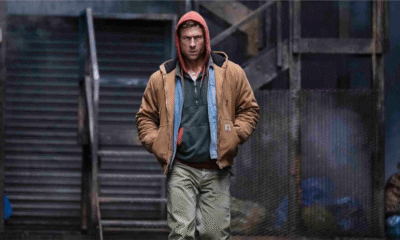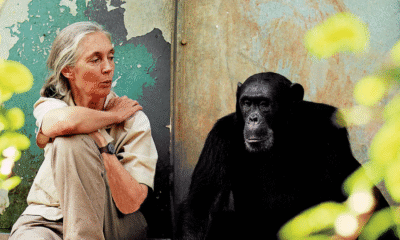Books and Authors
Was It the Air? ‘Murderland’ Author Links Tacoma Pollution to Rise of Serial Killers Like Ted Bundy and Gary Ridgway
Could toxic air pollution be a hidden factor behind the making of America’s most chilling serial killers? Caroline Fraser, Pulitzer-winning author of “Murderland,” thinks it’s a possibility that can’t be ignored. In a recent interview on KIRO Newsradio’s “The John Curley Show,” Caroline Fraser offered a startling theory: the industrial fumes from Asarco’s massive copper smelter in Tacoma, which released arsenic, lead, and heavy metals into the air for nearly a century, may have contributed to the psychological makeup of some of the country’s most infamous murderers—including Ted Bundy and Gary Ridgway, the Green River Killer.
Murderland author Caroline Fraser’s hypothesis is based on the “lead-crime” theory, supported by numerous scientists. The theory suggests that lead exposure in early childhood can lead to developmental brain issues, increasing the risk of aggression, impulse control disorders, and violent behavior later in life. “Lead doesn’t just poison bodies—it rewires brains,” Fraser noted.
Ted Bundy, who grew up in Philadelphia (then called the ‘City of Smelters’) before moving to Tacoma, and Ridgway, who lived just miles from the towering Asarco smokestack, both spent their formative years near toxic industrial zones. Combined with other known risk factors—such as abuse, head trauma, and poverty—Fraser argues that environmental exposure could be a “missing link” in understanding the roots of extreme violent behavior.
“There was so much media hysteria around the crimes,” said Caroline Fraser, who herself grew up in the area during Ted Bundy’s era. “But the institutions responsible—like the FBI—weren’t asking the deeper questions. They were trying to profile killers, but not looking at the broader social and environmental causes.”
Caroline Fraser’s comments shine new light on the decades-old question: What makes a serial killer? While acknowledging that not every child growing up near the smelter became violent, she stresses that patterns and clusters matter. “We’re not saying pollution is the only cause,” she clarified. “But it could be a major one we’ve ignored for too long.”
View this post on Instagram
She also highlighted a gendered double standard in how society discusses violence. “If it were women dragging men into the woods and killing them, we would have seen endless debates about what’s wrong with women. But we rarely have those conversations about men and male violence.”
The Asarco smelter was shut down in 1985 and demolished in 1993. But Fraser says its legacy of contamination—and possibly trauma—lingers.
As the conversation around mental health, environmental justice, and criminal behavior evolves, Caroline Fraser’s “Murderland” asks us to look not just at what serial killers did, but what may have helped create them.





































